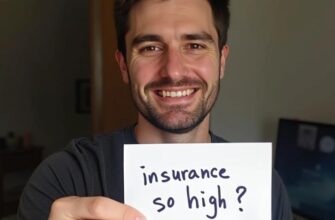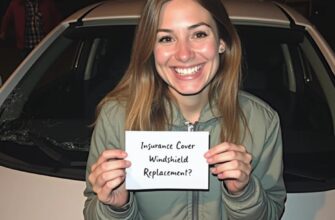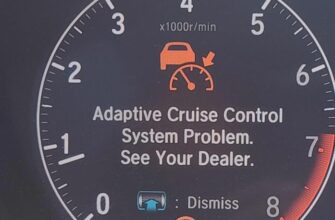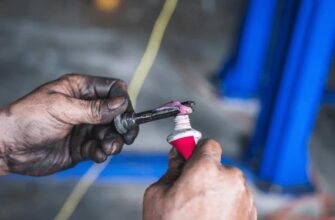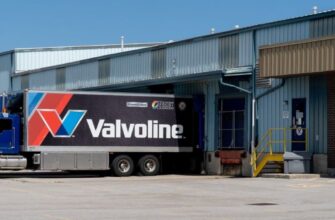Life happens. Maybe you sold a car, forgot a payment, or faced financial difficulties. Whatever the reason, you might find yourself with a gap in your car insurance coverage – what the insurance world calls a “lapse.” If you’re thinking “how does a lapse in car insurance coverage affect rates,” you’re asking a crucial question, because the impact is usually significant and long-lasting.
Letting your car insurance policy lapse means there’s a period where you are uninsured. Even a 1 day lapse in car insurance can have consequences. It might seem harmless if you weren’t driving during that time, but insurance companies and state DMVs see it differently. Having continuous insurance coverage is a major factor in determining your risk profile as a driver.
Let’s explore what happens when an insurance policy lapses and why avoiding a gap in coverage is so important for keeping your rates affordable.
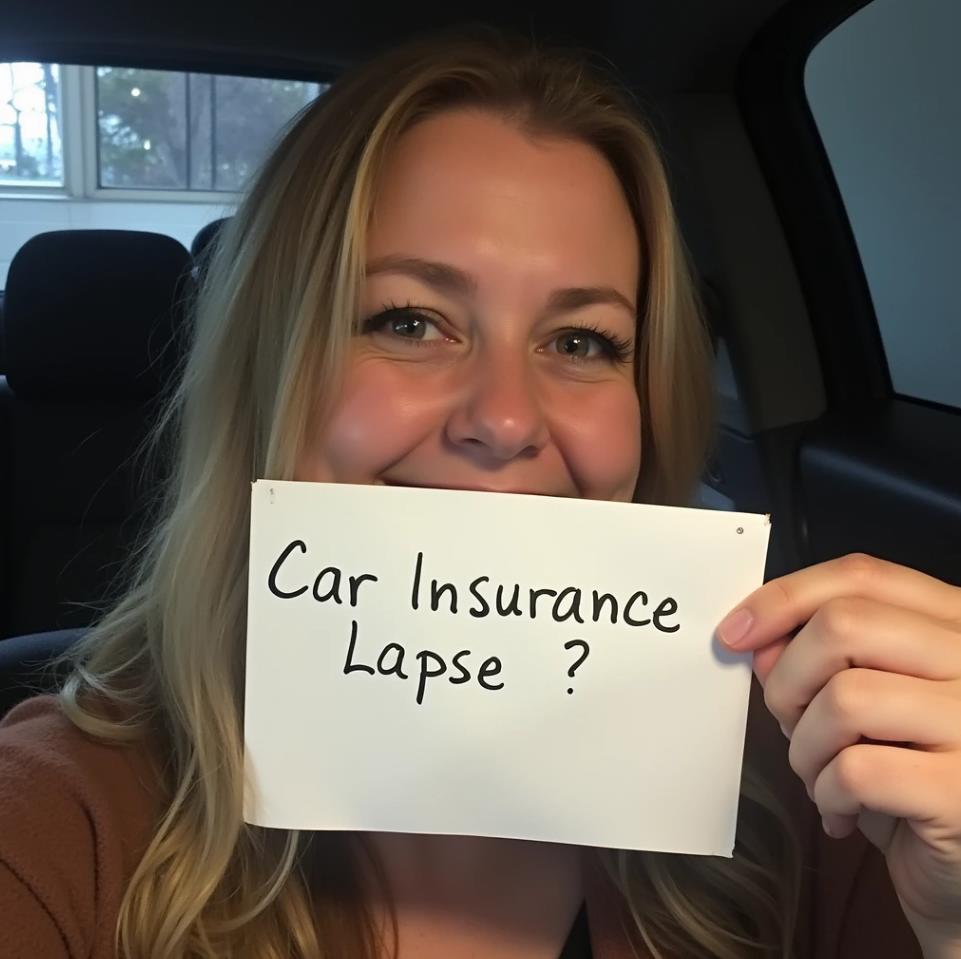
What Happens When an Insurance Policy Lapses? The Immediate Risks
When your car insurance policy lapses, you lose your coverage. This means if you are involved in an accident, you are personally responsible for all damages and injuries, which can be financially devastating. But beyond the financial risk, there are immediate legal consequences.
Driving without insurance is illegal in almost every state. If you’re caught, you could face:
- Hefty fines.
- Suspension or revocation of your driver’s license and vehicle registration.
- Vehicle impoundment.
- Requirement to file an SR-22 or similar form, proving you have future insurance coverage (this itself flags you as high-risk).
The risk of insurance lapse is not just about paying more later; it’s about breaking the law and exposing yourself to immense financial liability right now.
“I let my insurance lapse for a couple of weeks because I was out of the country and thought it was okay since my car was parked. James, 28, when I went to get new insurance, my old company had already reported the lapse to the state, and getting a new policy was much more expensive. It taught me a hard lesson about what happens when an insurance policy lapses.” – A driver facing higher rates after a short lapse.
How Does a Lapse in Car Insurance Coverage Affect Rates? The Long-Term Financial Pain
The most significant long-term consequence of a lapse in coverage is the impact on your insurance rates. When you apply for a new policy after a lapse, insurance companies will see that gap in your coverage history.
They view a lapse as a sign of increased risk. From their perspective, you were either driving uninsured (illegal and risky) or you were not maintaining continuous coverage, which suggests instability or a lack of responsibility. Because of this perceived higher risk, insurers will charge you significantly more for coverage.
- Higher Premiums: You can expect your new insurance premiums to be substantially higher than what you were paying before the lapse. This can be one of the biggest what affects car insurance rates the most, sometimes even more than a minor accident.
- Difficulty Finding Coverage: Some standard insurance companies may be hesitant to insure you at all after a lapse, especially if the lapse was long or you have other marks on your driving record. You might be forced to seek coverage from companies that specialize in high-risk drivers, which comes at a much higher cost.
- Loss of Continuous Coverage Discounts: Many insurers offer discounts for maintaining continuous coverage over several years. A lapse breaks this continuity, and you’ll lose that valuable discount.
- Impact Duration: A lapse in coverage can affect your rates for several years, typically three to five years, although the exact period can vary depending on the insurer and your state‘s regulations. The longer the lapse, the worse the impact.
Essentially, a lapse signals to insurers that you are a riskier bet, and they price your policy accordingly. The notion of “what are lapse rates in insurance” in the context of individual premiums really boils down to how an insurer calculates your increased risk based on that gap in coverage.
Getting Insurance After a Lapse
If you’ve had a lapse, getting back on track is crucial. The first step is to find new coverage immediately. Be prepared for the fact that your rates will likely be higher.
Here’s what you can do:
- Shop Around Aggressively: Don’t just get a quote from one company. Contact multiple insurers, including standard companies and those who specialize in insuring drivers after a lapse in coverage. Getting the best car insurance after lapse in coverage means comparing options to find the most affordable rate available to you now. Our guide on getting the best auto insurance coverage at the lowest price offers tips that are even more critical after a lapse.
- Be Honest About the Lapse: When applying for insurance, be truthful about your coverage history. Insurers will find out anyway, and being dishonest can lead to cancellation.
- Inquire About Reinstatement: If your lapse was very recent and short, ask your previous insurer if they offer reinstatement. There might be fees involved, but it could be simpler than starting with a new company. However, don’t count on a car insurance lapse grace period; coverage typically stops when the policy expires or is cancelled for non-payment.
- Focus on Maintaining Continuous Coverage Going Forward: Once you get a new policy, make every effort to keep it active. Avoid any further gaps in coverage. Over several years of continuous insurance, the impact of the past lapse will gradually decrease.
“I had a gap in insurance when I was between cars. When I bought a new vehicle and needed coverage, the difference in quotes compared to what I used to pay was shocking. Maria, 50, a lapse seriously affects your rates. I had to shop around a lot to find a manageable price for my new policy.” – Someone experiencing the cost increase of getting insurance after a lapse.
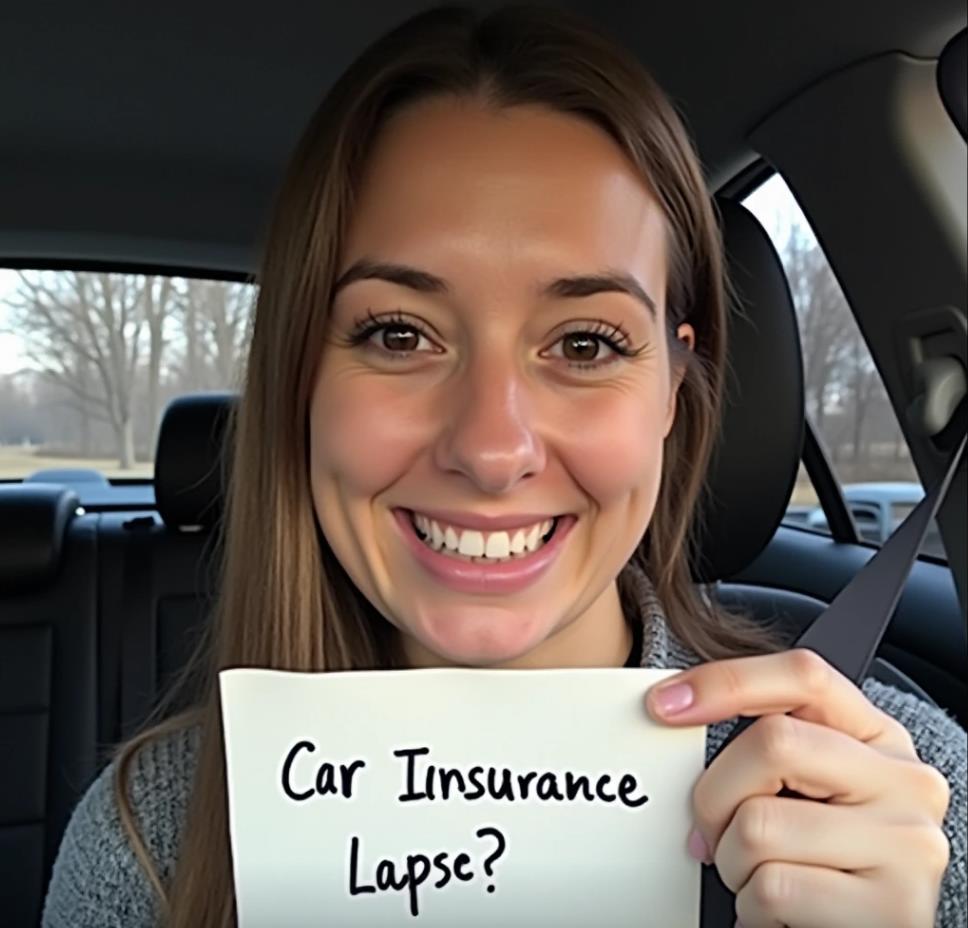
What Happens If You Have a Gap in Car Insurance Coverage? Summary of Consequences
To summarize, if you have a gap in car insurance coverage (a lapse):
- You have no insurance protection, leaving you financially vulnerable in an accident.
- You face legal penalties if caught driving uninsured.
- Your future insurance rates will be significantly higher.
- It may be harder to find an insurance company willing to cover you.
- The lapse can affect your rates for 3-5 years.
The question “what happens if you have a lapse in car insurance” or “what happens if you have a gap in car insurance coverage” both lead to these serious consequences. Avoid lapses at all costs by keeping your insurance active, even if your vehicle is not being driven, or by formally suspending coverage if your insurer allows it for storage.
Frequently Asked Questions (FAQ)
Q: How does a lapse in car insurance coverage affect rates?
A: A lapse significantly increases your insurance rates because insurers view you as a higher risk driver. The increase can last for several years.
Q: What happens when an insurance policy lapses?
A: When a policy lapses, you lose all insurance coverage, making you financially and legally vulnerable if you drive. You also face legal penalties if caught, and it makes getting future insurance more difficult and expensive.
Q: What is the risk of insurance lapse?
A: The main risks are the financial risk of being liable for accident costs, legal penalties for driving uninsured, and significantly higher insurance premiums for years to come.
Q: How long does a lapse in car insurance stay on your record?
A: The negative impact of a lapse can affect your insurance rates for typically 3 to 5 years, depending on the insurer and state.
Q: What affects car insurance rates the most?
A: Major factors include your driving record (accidents, violations), claim history, location, type of vehicle, and crucially, any lapses in insurance coverage history.
Conclusion
Letting your car insurance coverage lapse is a decision with significant negative consequences, most notably a substantial and long-lasting increase in your insurance rates. Understanding how does a lapse in car insurance coverage affect rates makes it clear that maintaining continuous coverage is vital for keeping your premiums affordable in the long run. Beyond the financial impact, what happens when an insurance policy lapses includes serious legal and financial risks if you are uninsured while driving. While finding best car insurance after lapse in coverage might be challenging and more expensive, it is essential to get covered again immediately. Avoid the risk of insurance lapse by prioritizing your premium payments and exploring options with your insurer if you anticipate coverage issues. Keeping your insurance active is one of the best ways to manage your overall car ownership costs.

